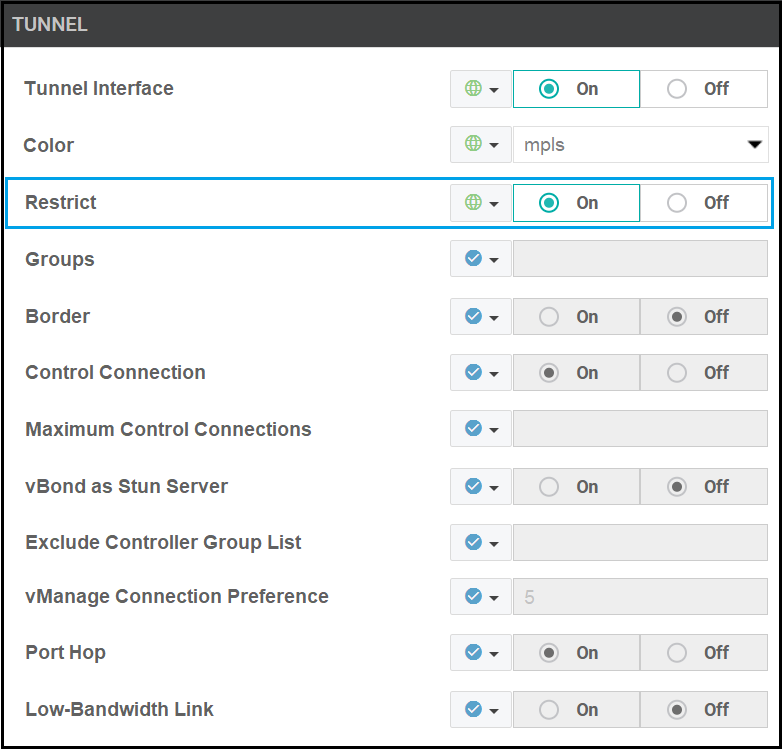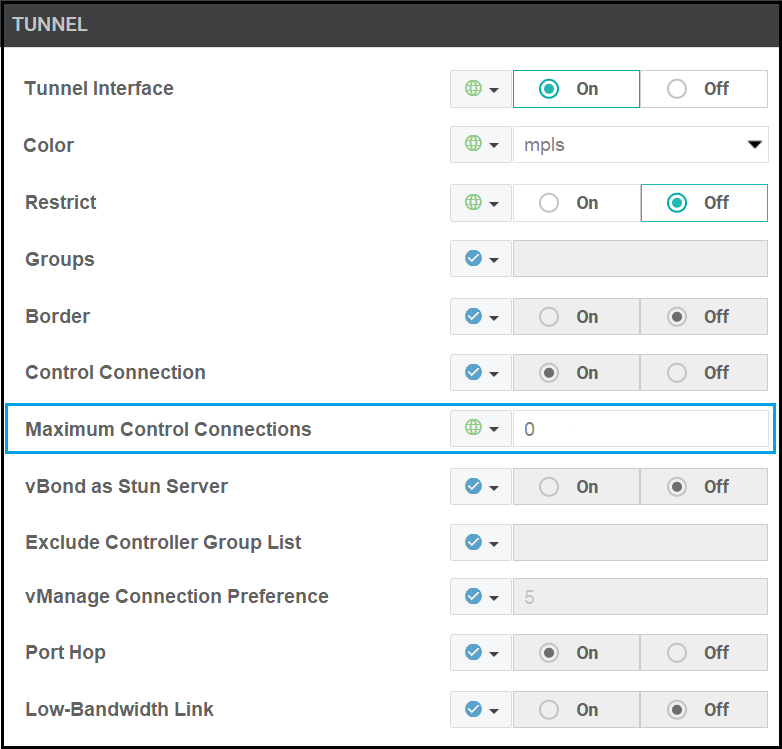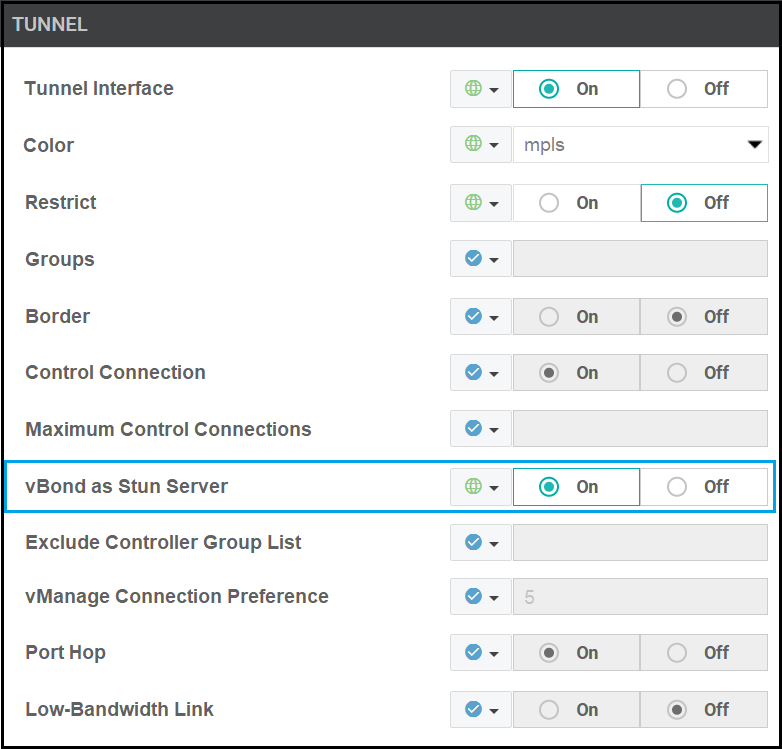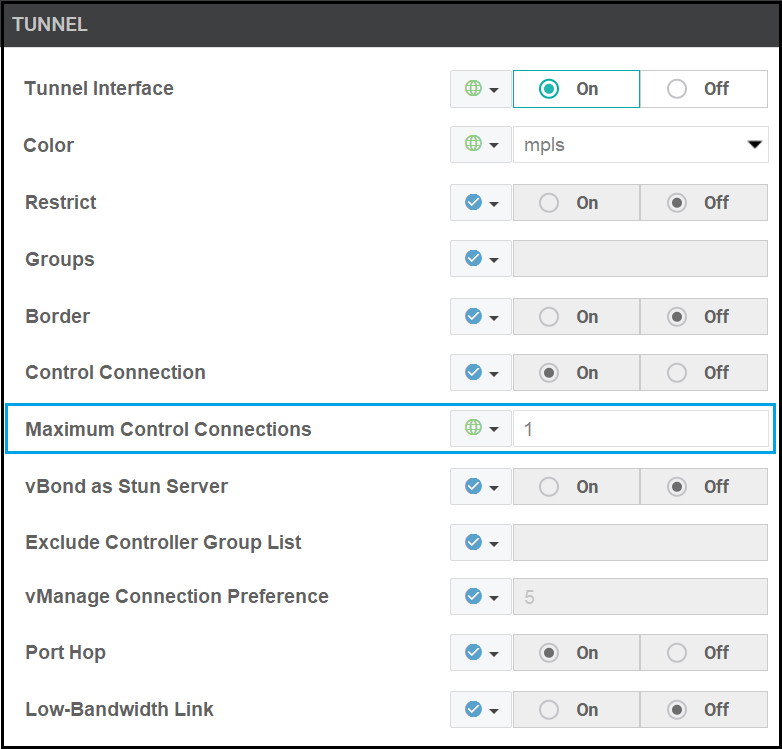

Company E wants to deploy Cisco SD-WAN with controllers in AWS. The company's existing WAN is on private MPLS without Internet access to controllers in
AWS. An Internet circuit is added to a site in addition to the existing MPLS circuit. Which interface template establishes BFD neighbors over both transports?
A.
B.
C.
D.
Arsenal16
4 months, 1 week agoJohn662266
6 months agockdwa123
8 months, 1 week agoVinay_Harish
1 year, 3 months agoRafaJohnston76
1 year, 4 months agohamed4maf
1 year, 5 months agoAldebeer
1 year, 6 months agoClouddon
1 year, 8 months agocreaakz
1 year, 9 months agoAJMD
1 year, 10 months agobegafas
1 year, 10 months agoNetArch_Teck
1 year, 10 months agohamidreza0010
1 year, 11 months agoJP4CCNP
2 years agoTuchi
1 year, 11 months agohamidreza0010
2 years, 1 month agodensma
2 years, 1 month agobearsaxman
2 years, 4 months ago